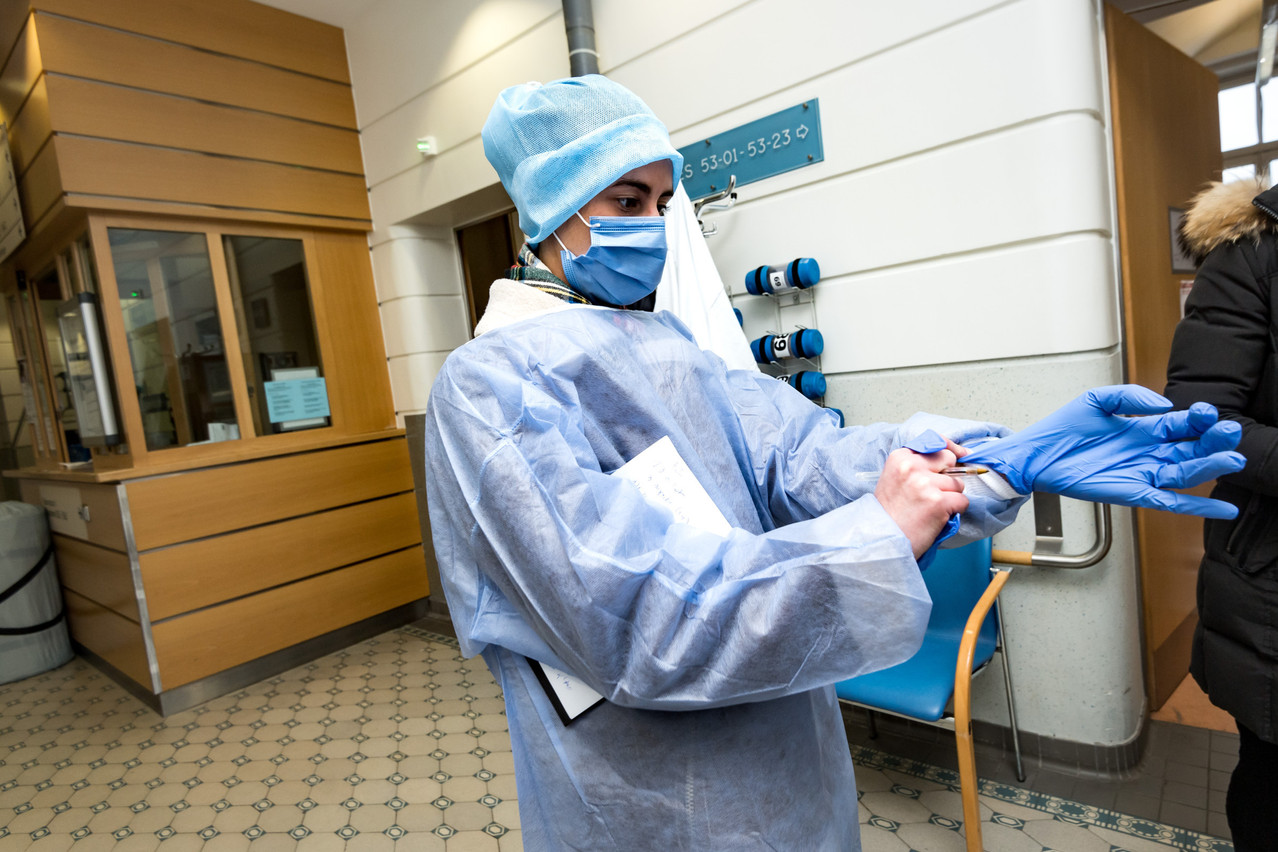At the end of 2019, the Centre Hospitalier Émile Mayrisch (Chem) was designated as the hospital to host the future national environmental medicine service. But the pandemic halted progress. “It was an extremely difficult period for acute hospitals, so the first thing we did was to ask for additional time to prepare ourselves properly,” says , who has since become the general manager of the Chem.
On Tuesday 31 May, with the pandemic now slowing down, he finally presented the concept of environmental medicine at a press conference with health minister (LSAP), and An van Nieuwenhuyse from the National Health Laboratory (LNS). The ambition is to create in Luxembourg “a reference centre where people who are interested in these subjects can meet and develop interesting ideas.”
Focusing on the individual
Environmental medicine is made up of different aspects: at the level of the population (chemical or bacteriological pollution), at the level of the workplace or home, and at the individual level--that of the person who may have developed an extreme sensitivity to certain elements.
In Luxembourg, the Chem will focus on the individual level. “Faced with a person who experiences problems and thinks that it is linked to the environment, the idea is to make a diagnosis consisting either of confirming that there is a link with the environment, or that there may be another pathology that can explain the symptoms," explains Metz.
There are many ways of getting in touch: "Patients themselves can take the initiative. But often they are referred by colleagues, general practitioners who are confronted with a problem that they do not understand or that they are unable to resolve," explains the director of Chem.
An evolving field
For the time being, the number of staff dedicated to environmental medicine remains limited. “We have one doctor and two or three nurses and, little by little, we are going to adapt according to the importance of the consultations that are going to take place,” explains Metz. “We want to get a better idea of the real needs and the investment needed to do something good. You don’t want to over-invest and then realise that, in the end, if we had done things a little differently, we wouldn’t have had to invest so much.”
Caution is indeed called for in a field as evolving as environmental medicine. Especially since it is essential to establish collaborations with other sectors of medicine. This is not so easy, says Metz. “Everyone tends to work in their own corner,” he says. “This collaboration does not exist, we are in the process of creating it.”
Investing in everything that is reasonable
In any case, the idea is to invest “everything reasonable” to exclude situations where patients “get lost in the medical circuit,” he says. “This can range from people who feel they are not taken seriously to diagnoses that are missed, either because no one has taken the time to look at it or because the disease is extremely rare. We want very few patients, ideally no one, to fall through the cracks.”
The national environmental medicine service will be evaluated regularly to determine its effectiveness and the framework for its development. Metz says that this service will be set up in Luxembourg: “I can assure you that there will be no backtracking, but rather a coordinated forward march.”
This story was first published in French on . It has been translated and edited for Delano.
